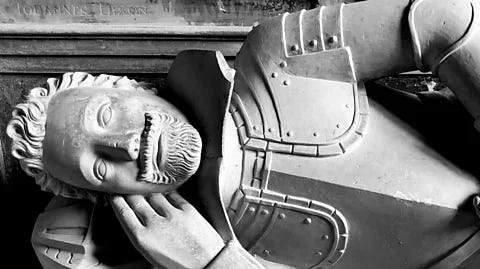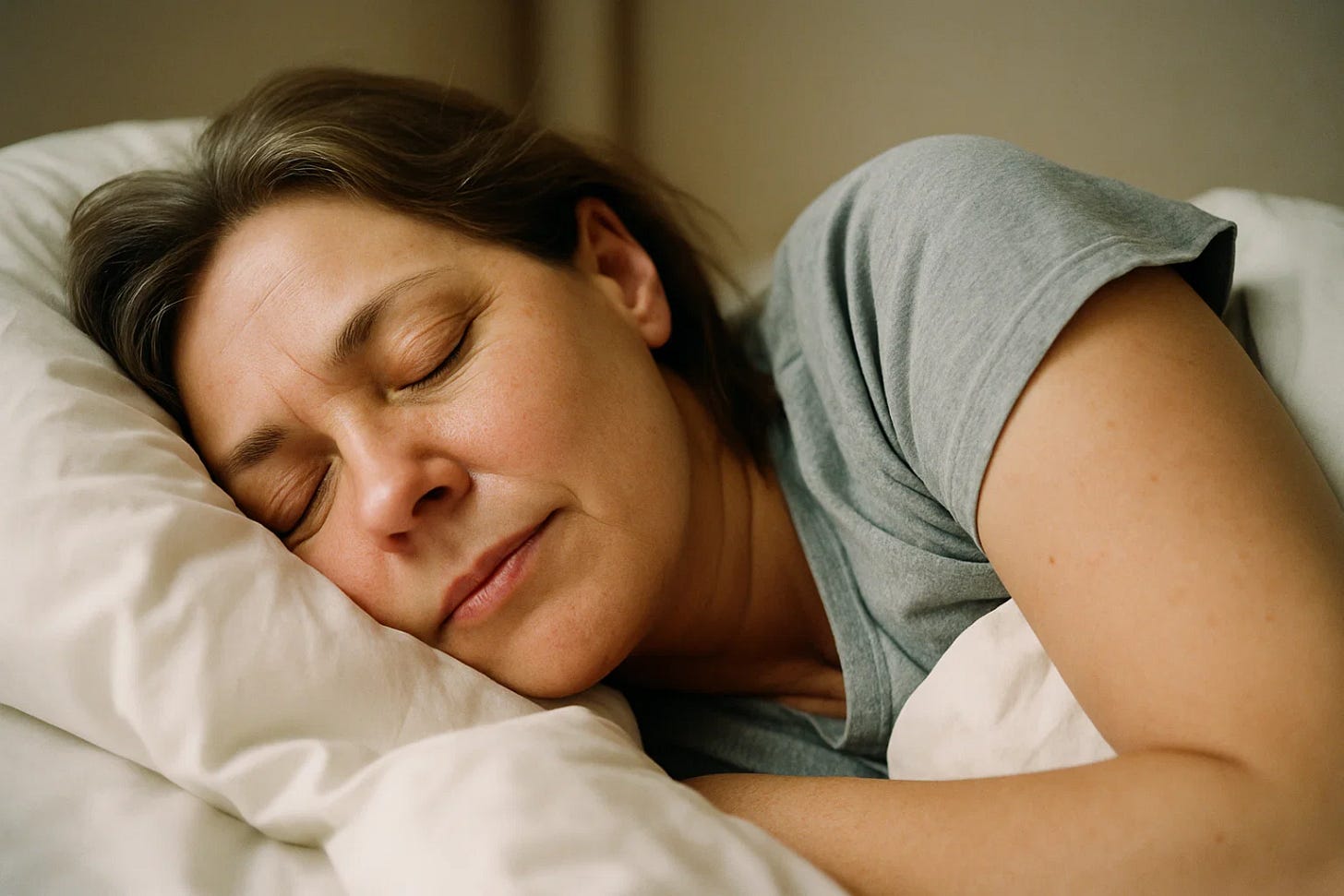‘Paul and Silas prayed and sang praises unto God at midnight: and the prisoners heard them.’

Research suggests that biphasic sleep, or sleeping in two segments with a wakeful period, was common historically, especially before the Industrial Revolution and the modern invention of lighting, even though the ancients were already aware of electricity.
Historical societies, including those of biblical times, followed segmented sleep patterns. The Bible also seems to mention biphasic sleep as a custom of people.
The evidence suggests that awake time ‘between two sleeps’ may offer biological benefits, such as improved cognitive function and alertness.
Historical Context
Biphasic sleep, where you sleep in two parts—going to bed not long after sunset, waking at midnight for a couple of hours of social visits and study, and then falling asleep afterward until sunrise—seems to have been the norm for many preindustrial societies.
It also preserved wax in candles since dusk equaled darkness.
The Bible mentions nighttime activities, such as night watches, which suggests that sleep is divided into periods, implying periods of wakefulness during the night. Events like Jacob’s nighttime wrestling with God might hint at similar practices [2].
While not definitive, it’s reasonable to think ancient Hebrews, living in a preindustrial society, could have followed this pattern, using the wakeful period for prayer or community interaction.
Biological Benefits
Bifurcated sleep - going to bed at sunset, waking at midnight for social visits, then sleeping again until sunrise—aligns with the historical practice of biphasic or segmented sleep.
This pattern, involving two sleep periods within a 24-hour cycle, has deep roots in human history and offers potential benefits, both biblically and biologically.
Below, I’ll show you its historical prevalence, Biblical implications, scientific advantages, and practical considerations, ensuring a comprehensive analysis for readers interested in this sleep pattern.
My friend and Istoria Board member Kyle Williams has practiced bi-furcated sleep for years. I have practiced bi-furcated sleep since 2020.
Historical Prevalence
Historically, biphasic sleep was the dominant pattern in preindustrial societies, particularly before the advent of artificial lighting and the Industrial Revolution. Research by historian Roger Ekirch, detailed in his work on preindustrial slumber, indicates that from ancient times to the 19th century, Western societies commonly practiced a biphasic sleep schedule [1].
People would retire around 8 to 9 pm, sleep for 3 to 3.5 hours during their ‘first sleep,’ wake for 1 to 3 hours, and then return to bed for a ‘second sleep’ until dawn.
Keep reading with a 7-day free trial
Subscribe to Wade Burleson at Istoria to keep reading this post and get 7 days of free access to the full post archives.





